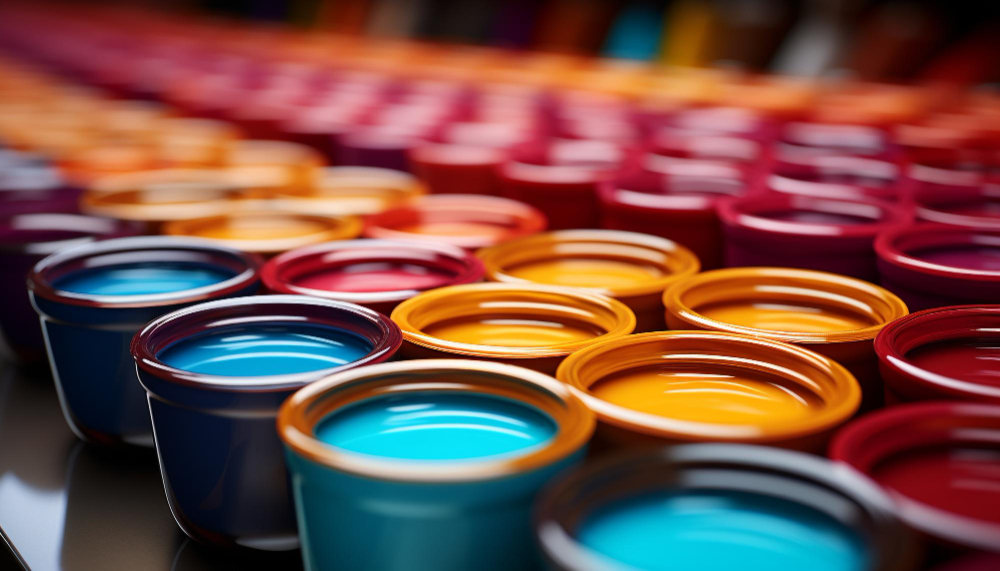The world is looking to reduce the environmental impact of solvent-based paints. With many businesses looking to adopt sustainable practices, waterborne paints have become the new norm. In the past, solvent-based paints outperformed waterborne, but with technology and perception shifts, people and businesses alike have moved on to high-performing alternatives available in the market.
The common misconception about whether waterborne paints are as good as solvent-based comes from people’s reference to house paints. In the context of house paints, waterborne paints may not entirely be as feasible, but it is an entirely different matter when it comes to automotive paints. What exactly is waterborne paints and where did it come from? Let’s deep dive a bit into this theory and history: A waterborne coating uses water as the liquifying agent instead of chemical solvents, so it emits fewer volatile organic compounds (VOC’s). The fact is that the first commercial waterborne automotive paint came about in the early 1990s, although they actually dated back to as late as the 1970s. They were incepted in anticipation of the air quality rules in the United Kingdom in 1995 and was to be later adopted by the rest of the European Union in 1998. Waterborne paints are products that have low VOC, they are productive and still have the same quality as solvent borne. One can use several distinct chemistries to include non-polluting water as a carrying agent such that it meets the regulations.
While utilizing waterborne paints gives the best benefit of complying with regulations, there are several other advantages to it: They’re low odor, so they’re safer and more comfortable to work with. They’re less flammable when working in confined spaces. You’re less likely to exceed VOC limits and receive hefty fines. They’re not a hazardous waste product, so you’ll cut your disposal fees. Clean-up is quick, and you don’t need to use solvents – just wash your tools and equipment with water. You won’t need to use additives, hardeners or thinners. They have excellent adhesion. They have better color-retention than solvent-based paints. However, the decision to use solvent vs water basecoat comes down to preference and some to do with local regulations.
The process of preparing, mixing and applying waterborne paint is almost similar to that of solvent-based paint. The application technique begins with applying a thin, wet layer. With metallic colors, this will help us to uniform the position of the metallic particles and prevent them from sticking out, reducing the possible flop effect in paint. With this first coat one does not necessarily achieve full coverage, but 80 – 85% of the surface. Subsequently, we will apply a second full coat of paint on the part or parts to be repaired, covering the entire repair area. It is important to apply the product parallel to the part, with the same distance, movement and speed. You must also ensure that the coats always overlap evenly. Finally, especially in metallic shades, you must apply a third effect coat, to correctly orient the metals. With this coat you will prevent shadows on the paint or other defects from appearing. These small details and tips can make all the difference in obtaining an excellent finish.
What is your take on waterborne paints? Do you have any thoughts on its pros and cons? We would love to hear from you. Do drop down your thoughts.




